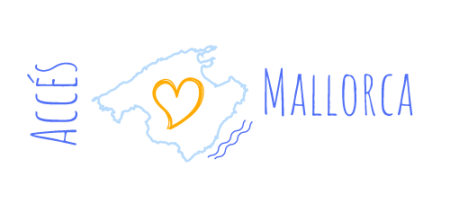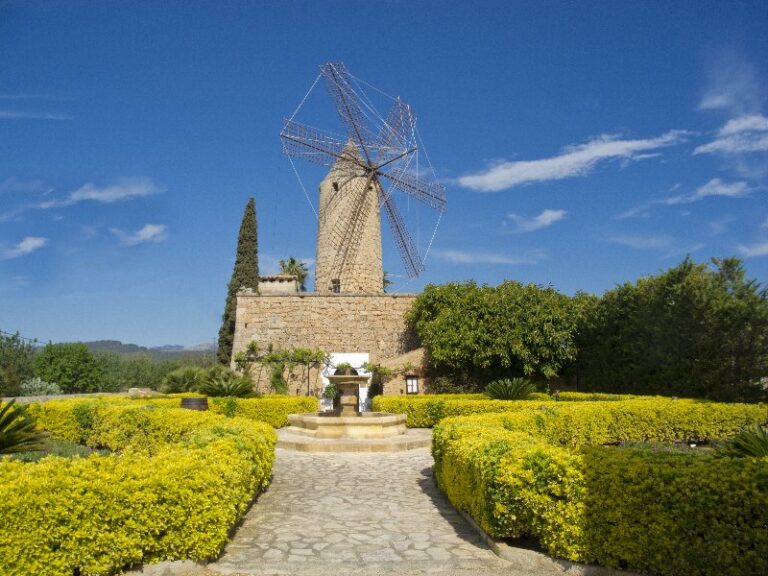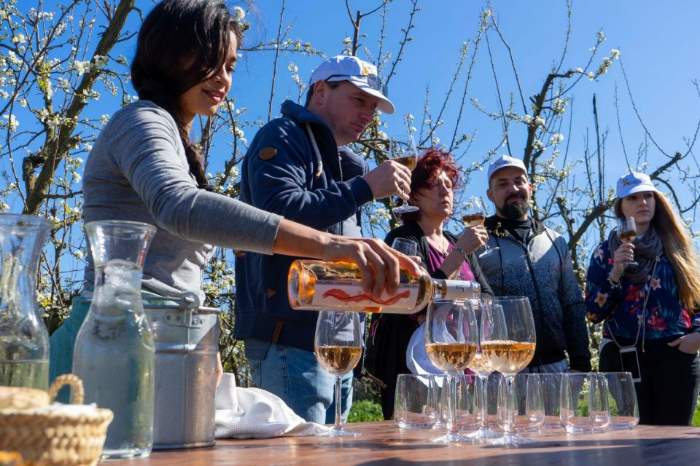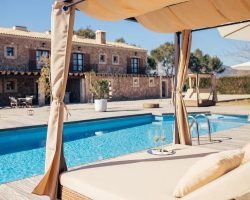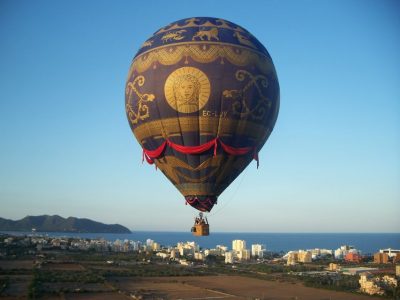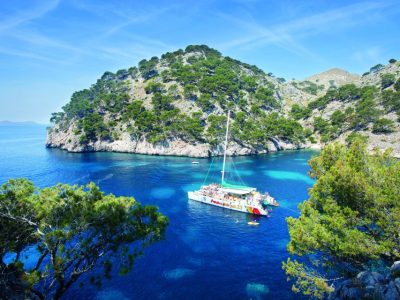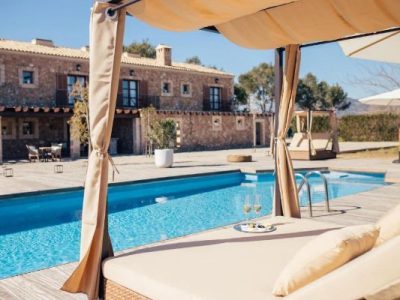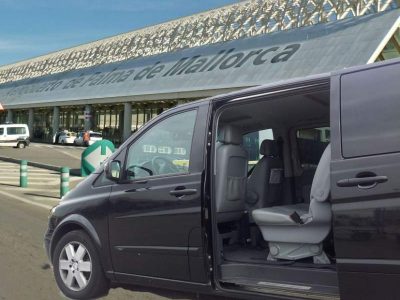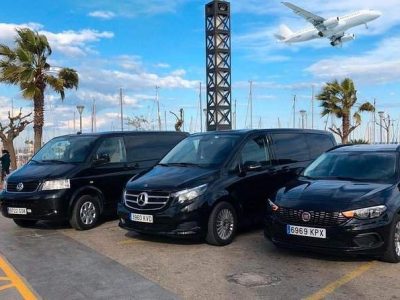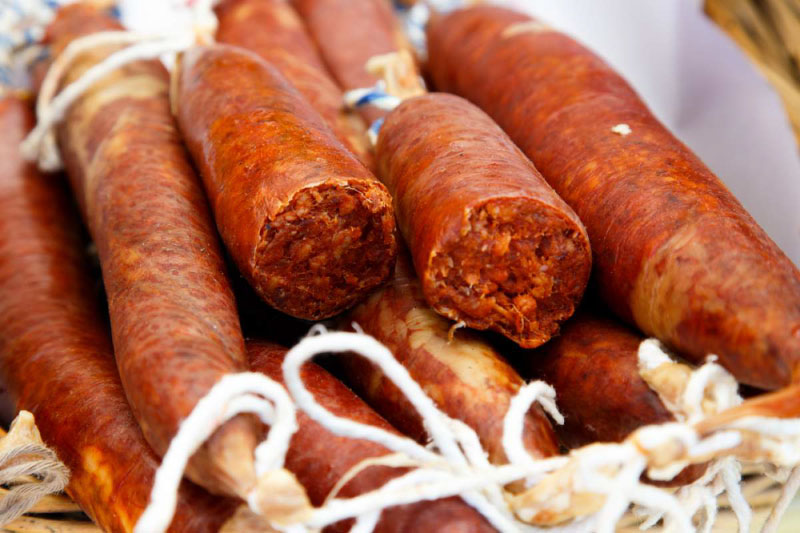In 1833, a great discovery was done of a Paleochristian basilica of Cas Frares between Santa Maria and Consell. The excavation works revealed a paved mosaic with figures of biblical characters. It has been determined that the basilica dates back from the 5th century.
The Moorish era brought water transportation and watering systems to Mallorca. The construction of karizes allowed to the Moors to extract water from the mountains and lead it towards the farms from where they could collect it using wells. Several ceramics and constructions evidences the presence of the Moors, but also the farmhouses in the area documented in the Book of Distribution written after the Catalan conquest of the island, to declare the ownership of the lands. Some of the best examples of Islamic properties are those of Cas Frares, Son Torrella, Son Verdera and Cabàs.
Following the conquest of Mallorca (1229-1232), king Jaume I distrubuted the lands of Mallorca to those who had participated in the campaign. The area of Santa Maria and Santa Eugènia was given to Bernat de Santa Eugènia, bishop of Tarragon. The name of Santa Eugènia was later given to the village in his respect. From the beginning of the 14th century, a few small local communities started to form, especially one in the Coanegre valley (north of Santa Maria). The population quickly grew to about 700 people in the middle of the 14th century. However, the plague of 1348 caused a serious decrease, especially in the Coanegra valley which was more or less completely extinguished. The epidemic explains the massive change in surnames of landowners in the area from this time.
As with most other areas of the Raiguer region, Santa Maria was affected by the Revolta Forana (Revolt of the Foreigners) between 1450 and 1453. The fact that foreigner was an expression used of the small landowners and peasants, very well stated how society was split in classes. This exact fact was the initial reason for the revolt. The small landowners felt neglected and without influence versus the nobles and horsemen who widely controlled how things were to be, and especially who paid what in taxes. Blood was shed all over the Mallorcan countryside in those years, but in the end it was the nobles and cavaliers who won.
The conflicts, however, was not settled yet. About 70 years later, in 1520, the movement of the Germanies saw the light of the day. The Germanies movement had its origin in the artisans’ guilds, and unlike the Revolta Forana, this was a far more organized revolt that included peasants of the entire island. During this conflict, we know that the Germanies had control of the Coanegre valley, from where they could assault merchants and nobles. The conflict ended in 1523, when the king of Aragón had enough and sent over his royal troops to fight the Germanies.
During the 17th century, the town start to take form. In 1620, the first school is established and in 1670, the building for town hall, jail, slaughter and courtroom was purchased and inaugurated. Also, the convent and church of the Minims was established in 1682. Both town hall and convent is credited to the Mallorcan architect Lluc Mesquida. The minims of Santa Maria were early proponents of the vegan lifestyle, they dissociated themselves from products and foods made from animals. Actually, almond milk is documented in 1690. A couple of days before Christmas, the Minims put a mill for grinding available for the people of Santa Maria, today, this mill is preserved in the town hall.
The population continued to grow, at this time there was about 500 people living in Santa Maria and Santa Eugènia. From this period, we also know of the establishment of a cavalry to guard and protect the municipality. The cavalry was owned and ran by Captain and Governor Jaume d’Olesa, whom was also the owner of the Son Seguí hermitage. Olesa was supporter of Felip V during the War of Succession, as a consequence, French soldiers occupied Santa Maria and endured great losses, thus Olesa was defeated. In 1796, the cavalry building was sold to nobles.
Following the fall of the Olesa family, Joan Sureda, marquis of Vivot and Antoni Cotoner, marquis of Ariany, owned the biggest of the farms and fincas in the area, thus controlling most of the municipality.
In the 19th century, the population continued to grow. The economy was mainly based on wine production and agrarian cultivation of olives, cereals, almonds, figs etc.. In 1817, there were almost 400 owners of vineyards. The opening of the railway connection in 1875 allowed for more sales and increased the living standards significantly in Santa Maria. In 1890, the town council agreed to have the first telephone operator installed. In 1898, the Sunday market was inaugurated.
The wine industry was undoubtedly the most profitable and continued to grow each year, until 1891 when an epidemic of phylloxera broke out causing all vineyards to be destroyed.
In the 20th century, the agricultural industries starts to really flourish in Santa Maria, but also other industries such as textile production, blacksmiths and carpenters were needed. With the introduction of electricity in 1912, production ratios increased significantly in most sectors, but also the use of gas engines in flour mills and sawmills was a part of the increased production. In this period the urban nucleus developed in a fast pace with new streets opening every year.
It seemed as if Santa Maria was facing a new and dynamic societal structure, but with the Civil War and later the introduction of mass tourism, Santa Maria saw a remarkable reduction in income. The Franco regime caused isolation and banned unions of workers, as well as the forming of political parties. Later on, the tourism industry demanded a whole different set of skills.
